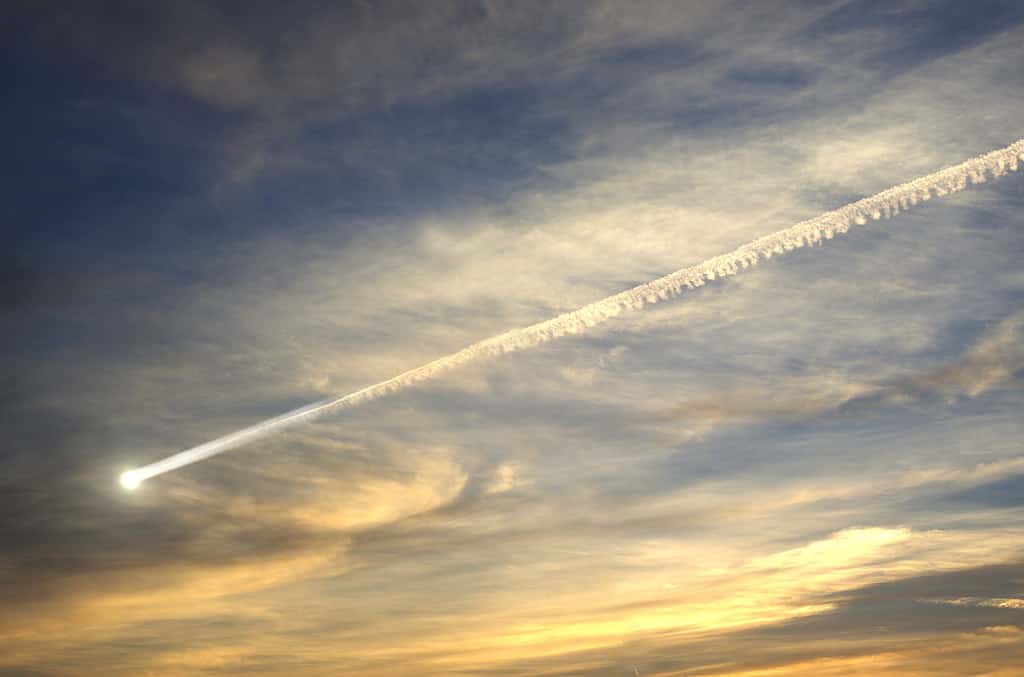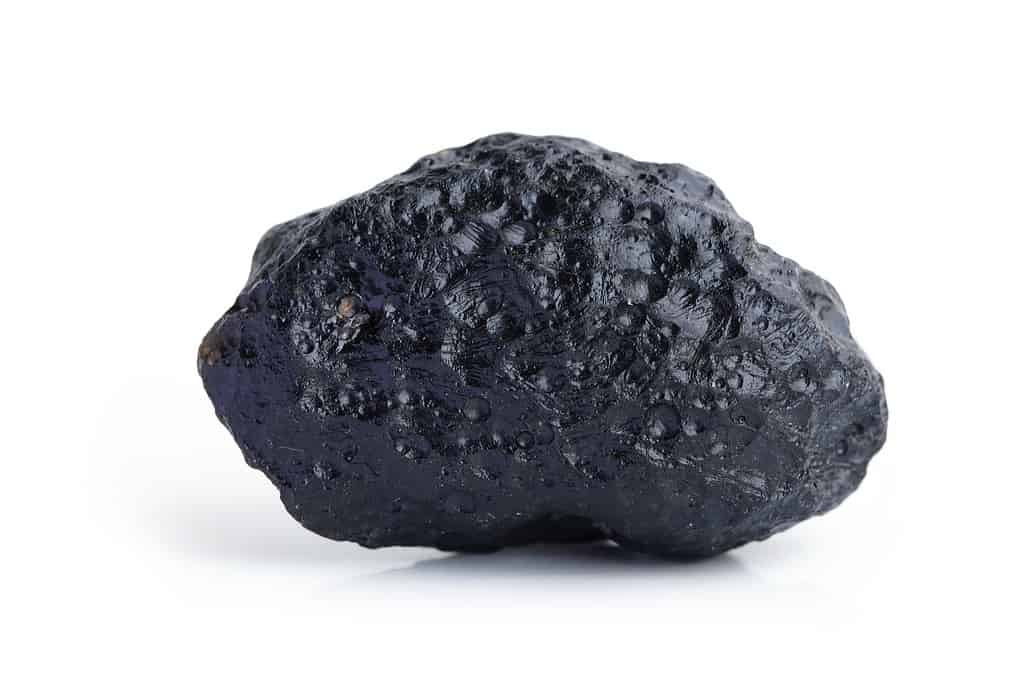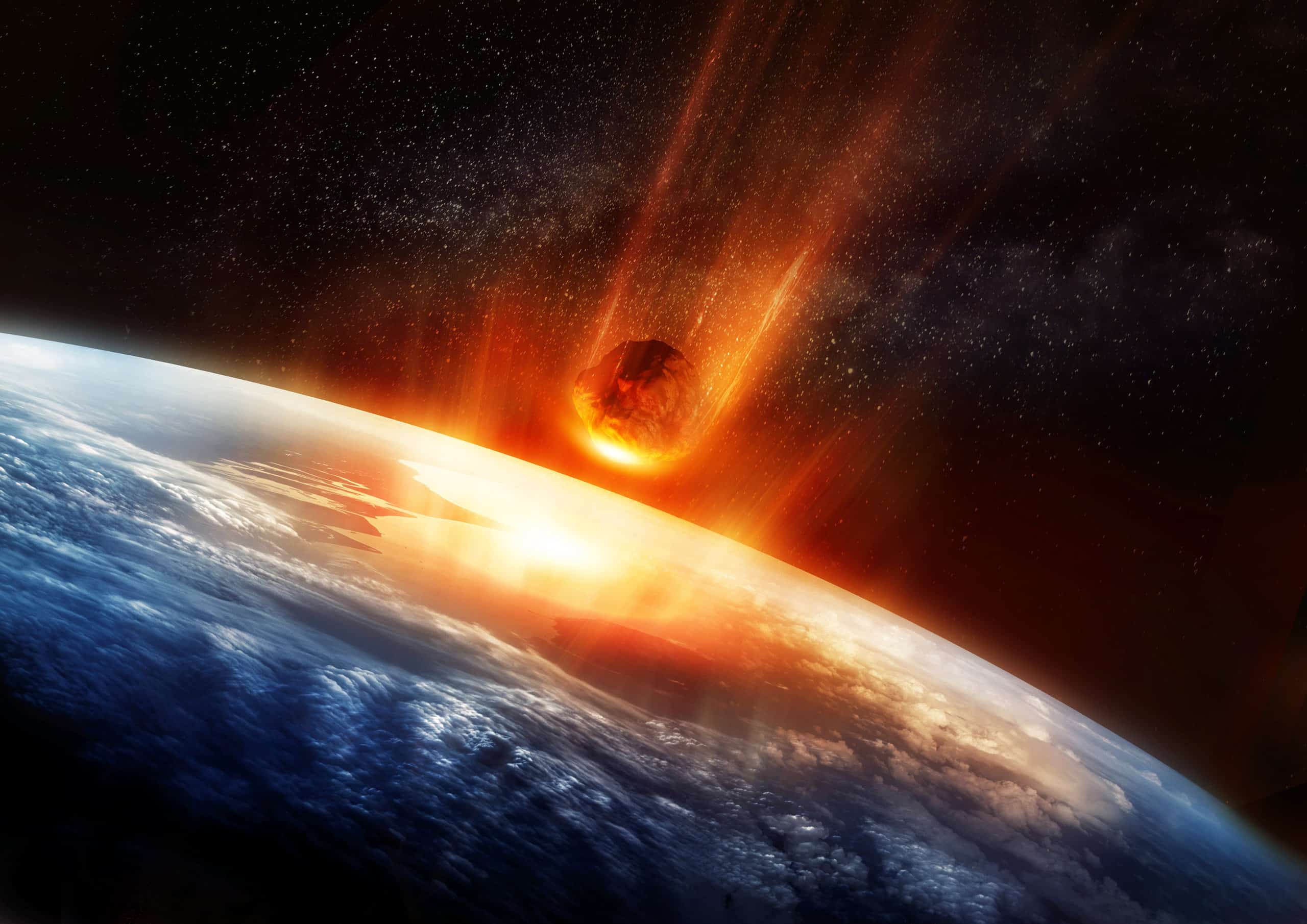A meteorite fell to the Earth on Saturday, landing in Maine near the United States/Canada border.
One museum is so eager to get the fragments of this space rock that it is offering a $25,000 reward for anyone who finds a piece of it.
A Rare Daytime Fireball
The fireball was observed just before noon on April 8. “Fireball” is a common term for a meteor that appears brighter than the planet Venus.
Fireballs usually appear at night when their brilliance contrasts with the dark sky. It’s exceptionally rare to spot a fireball bright enough to be noticeable in broad daylight.
This is also the first-ever falling meteorite to be observed by Doppler radar in Maine. NASA reported on its website that radar sweeps provided “signatures consistent with falling meteorites, seen at the time and location reported by eyewitnesses.”
The American Meteor Society (AMS) documented six eyewitness observations of the event.
One observer, Mary M., noted, “This event was during daylight and a very clear sky. It is easy to conclude that you’ve seen a meteor in a night sky, but observing one during the day was completely unique to me. My initial impulse was so [sic] wonder if was a falling aircraft, but the speed and trajectory were that of a meteor…”
Another observer, Caroline B., reported, “Ball was bright red and smoke trail was very white and it was so bright—especially against the clear blue sky.”
Moreover, loud sonic booms rocked Calais, Maine, as the meteor streaked through the atmosphere. Like a fighter jet, large meteors can cause a sonic boom because they travel faster than the speed of sound, which is about 750 miles per hour at sea level. When a meteoroid enters the Earth’s atmosphere, it can be traveling from 25,000 to 160,000 miles per hour.

Fireballs are very rare during daylight hours.
©Krasowit/Shutterstock.com
The Strewn Field
NASA provided a map of the strewn field (the area where meteorites from the fall are believed to be dispersed). Space rock fragments may be found from Waite, Maine, to Canoose, New Brunswick. According to data from NASA, the largest pieces are likely at the far western end of the debris field, closest to Waite. The strewn field map could prove valuable to space rock hunters hoping to cash in on the promised reward.
The Maine Mineral & Gem Museum has promised a $25,000 reward to the first person who can produce a meteorite fragment from this dropping event that weighs at least one kilogram (2.2 pounds). This museum is already home to a variety of valuable specimens, including the largest intact Mars rock on Earth.
In a release from the museum, Darryl Pitt, chair of the museum’s meteorite division, said, “The existence of positive Doppler radar returns — meteorites detected descending through the atmosphere just several miles above the ground — assures us there are meteorites waiting to be found.”
Rock hunters are combing the remote Maine forests within the strewn field, all hoping to be the first to find a fragment. However, the museum could possibly offer multiple rewards. Pitt remarked, “Depending upon the type of meteorite this is, specimens could easily be worth their weight in gold.”
The museum reminds rock hunters to know their location and not enter private property without permission. It also states that it can only test specimens by appointment, and the process can take up to ten days.

A $25,000 space rock may be lying somewhere deep in the forests of Maine.
©Paul Tessier/Shutterstock.com
Identifying Meteorites
It could be a challenge for these rock hunters to identify a meteorite. According to AMS, 69 percent of meteorites are stone (aerolites), 28 percent are irons (siderites), and three percent are stony irons (siderolites).
If these meteorite fragments are stone, as the odds suggest, they could be easy to miss by the searchers in Maine. While some well-known meteorites are black, most stone meteorites look very much like terrestrial rocks.

While some meteorites are black, many more appear similar to rocks found on Earth.
©Sanit Fuangnakhon/Shutterstock.com
How Often Do Meteorites Fall To Earth?
AMS estimates 10-50 meteorite-dropping events occur daily around the world. However, most are never observed. Two-thirds of these events occur over the open ocean. Another one-fourth happened over uninhabited land. Of the remaining events, many occur in the middle of the night and may go unnoticed as people are sleeping. This leaves a small handful of witnessed, documented meteorite falls each year.
Thank you for reading! Have some feedback for us? Contact the AZ Animals editorial team.








